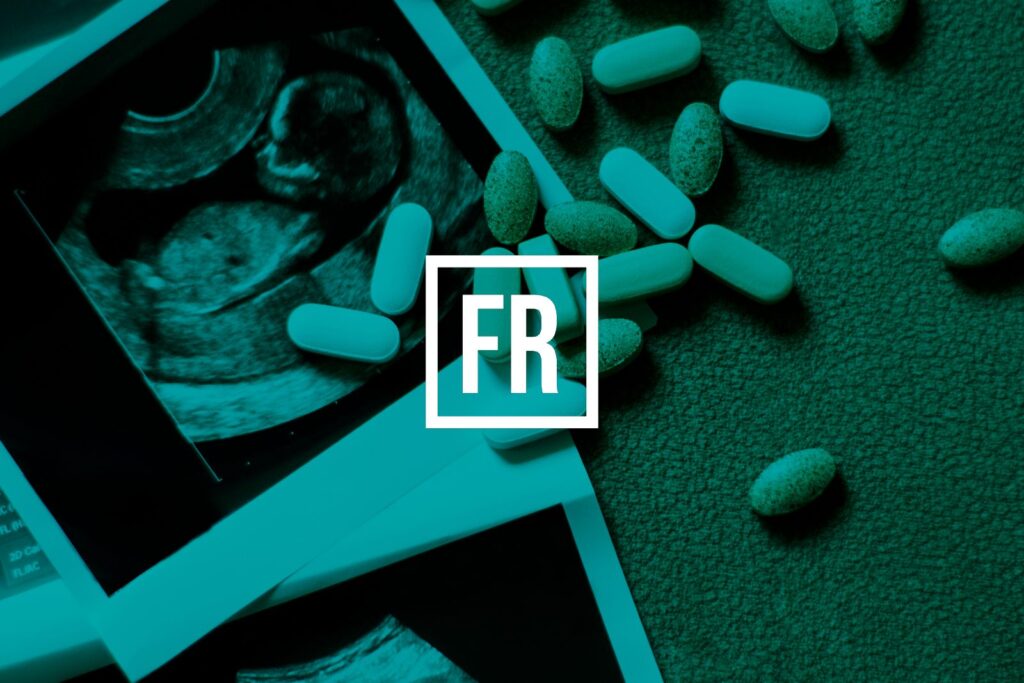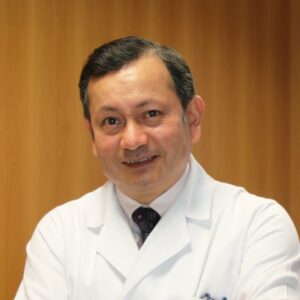Infertility treatments, such as In Vitro Fertilization (IVF), have come a long way in addressing the various challenges faced by patients. Among the advancements in IVF is a protocol known as Double Stimulation (DuoStim), which has been gaining attention for its ability to maximize egg retrieval in women with a poor ovarian response. This guide will explore what DuoStim is, how it works, its indications, and whether it might be the right choice for you.
What is a Double Stimulation (DuoStim) Protocol in IVF Treatment, and How Does It Differ from Conventional IVF Protocols?
The Double Stimulation (DuoStim) protocol is an innovative approach in IVF treatment that aims to optimize the number of eggs retrieved in a single menstrual cycle. Traditional IVF protocols typically involve a single round of ovarian stimulation, followed by egg retrieval. However, DuoStim includes two rounds of ovarian stimulation within the same cycle: one in the follicular phase and another in the luteal phase.
This approach is particularly useful for patients with poor ovarian reserve, where conventional IVF protocols may not yield enough eggs. By performing two stimulations in one cycle, DuoStim enhances the chances of obtaining a higher number of eggs, thereby improving the likelihood of successful fertilization and embryo development.
In contrast to conventional IVF, where only one round of stimulation is performed, the DuoStim protocol allows clinicians to access a larger pool of eggs from the same cycle, which is crucial for women who may have fewer eggs to begin with.
Double Stimulation Protocols in IVF: How Do They Work?
The DuoStim protocol is structured around two key phases: stimulation in the follicular phase and stimulation in the luteal phase. Here is a breakdown of how the protocol functions:
- Follicular Phase Stimulation:
- The process begins at the start of the menstrual cycle with the administration of gonadotropins, hormones designed to stimulate the ovaries and promote follicular growth.
- After approximately 10 days of stimulation, the patient undergoes egg retrieval (also known as a follicular puncture), where the matured eggs are collected.
- These eggs are either vitrified (frozen) for future use or fertilized immediately to create embryos, depending on the clinic’s treatment plan.
- Luteal Phase Stimulation:
- About 4-5 days after the first egg retrieval, the patient begins a second round of ovarian stimulation during the luteal phase of the cycle.
- After another 10-12 days of stimulation, the patient undergoes a second egg retrieval. These eggs are then fertilized, often through Intracytoplasmic Sperm Injection (ICSI), alongside the eggs from the first stimulation, to increase the chances of successful fertilization and embryo formation.
By performing two stimulations, DuoStim provides a significant advantage in terms of egg yield, particularly for women with limited ovarian reserve.
Double Stimulation Protocols: Indications – Who is It For?
The DuoStim protocol is recommended for specific groups of patients who may benefit from enhanced ovarian stimulation. Here are some of the key indications for using this protocol:
- Women with Low Ovarian Reserve:
- One of the most common indications for DuoStim is low ovarian reserve. Women who have fewer eggs available for fertilization may benefit from the increased egg retrieval offered by the double stimulation approach.
- Suboptimal Response to Conventional IVF:
- Patients who have undergone previous IVF cycles with a lower-than-expected egg yield are often considered suitable candidates for DuoStim. The protocol can help increase the number of eggs retrieved and improve the chances of embryo development.
- Women Over 38 Years Old:
- As women age, their ovarian reserve naturally decreases, and the likelihood of retrieving a sufficient number of eggs through conventional IVF diminishes. DuoStim offers a solution by stimulating the ovaries in two distinct phases, maximizing egg retrieval even in older women.
- Urgent Fertility Preservation:
- DuoStim can also be a useful option for women who need to preserve their fertility before undergoing cancer treatments, such as chemotherapy, which can affect ovarian function. In such cases, DuoStim can provide a more efficient method for egg collection before treatment begins, although this should always be done in consultation with an oncologist.
Who Are the Ideal Candidates for Undergoing a Double-Stimulation Protocol During IVF Treatment?
The ideal candidates for the DuoStim protocol are those who face challenges with egg production due to low ovarian reserve, poor response to stimulation, or age-related factors. Some of the specific groups who may benefit from DuoStim include:
- Women with Low Ovarian Reserve:
- These women may have fewer eggs available for retrieval, making it difficult to achieve a successful IVF cycle. DuoStim increases the chances of retrieving multiple eggs from the same cycle, enhancing the likelihood of successful fertilization.
- Women Who Have Previously Had Suboptimal IVF Responses:
- Patients who didn’t respond well to past IVF cycles—retrieving just 5 to 9 eggs—are often good candidates for DuoStim. By performing two stimulations, the protocol increases the number of eggs available for fertilization, thus improving the chances of a successful outcome.
- Older Women (Over 38):
- Women over 38 often experience a natural decline in egg quantity and quality. In such cases, DuoStim can help to compensate for this decline by providing two opportunities for egg retrieval within the same cycle.
- Women with Limited Time for Fertility Preservation:
- For women facing medical treatments that may affect their fertility, such as chemotherapy, DuoStim provides an efficient option for egg retrieval before treatment begins.
In essence, the DuoStim protocol is designed for women who have fewer eggs or are not responding optimally to conventional IVF, as well as those in urgent need of fertility preservation.
What Are the Potential Benefits of Using a Double Stimulation Protocol for Patients with Poor Ovarian Response?
The main benefits of using the DuoStim protocol for women with poor ovarian response are:
- Increased Number of Eggs Retrieved:
- The most significant advantage of DuoStim is the increased egg yield. By performing two rounds of ovarian stimulation in the same cycle, more eggs are retrieved, giving patients more opportunities for fertilization and embryo development.
- Improved Embryo Development:
- With a higher number of eggs, there is a greater chance of producing viable embryos. Studies have also shown that the second round of stimulation, done during the luteal phase, can actually produce more eggs than the first round in the follicular phase.
- Better Chances of Successful Pregnancy:
- With more eggs available for fertilization and more embryos to choose from, the likelihood of a successful pregnancy increases. This is especially important for patients who have struggled with low egg count in previous IVF cycles.
- Efficient Use of Time:
- For women who are older or facing urgent fertility preservation needs, DuoStim provides a quicker solution. Rather than undergoing multiple IVF cycles, patients can optimize their egg retrieval in a single cycle.
- Increased Genetic Testing Opportunities:
- With more embryos available for testing, patients can undergo preimplantation genetic testing (PGT) to ensure the embryos are genetically normal, increasing the chances of a healthy pregnancy.
Double Stimulation Protocol Process – During an IVF Treatment Cycle
The DuoStim process follows a well-structured timeline:
- Follicular Phase Stimulation:
- Begins on the first day of the menstrual cycle, with hormone injections to stimulate the ovaries. This lasts for about 10 days.
- Egg retrieval is performed after the follicles have matured.
- Luteal Phase Stimulation:
- About 4-5 days after the first retrieval, the patient begins a second round of stimulation, lasting another 10-12 days.
- A second egg retrieval is performed, followed by fertilization and embryo development.
- Fertilization and Preservation:
- Eggs are fertilized and embryos are cultured for several days. Some may be frozen for future transfer or genetic testing.
The entire process involves close monitoring by fertility specialists to ensure that both phases of stimulation are properly timed and managed.
Double Stimulation Protocols in IVF – Risks or Side Effects
While DuoStim has shown promising results, like any IVF treatment, it comes with some risks and potential side effects. These include:
- Ovarian Hyperstimulation Syndrome (OHSS):
- This is a potential risk of ovarian stimulation. While the risk is generally low with DuoStim, careful monitoring is essential.
- Increased Medication Use:
- DuoStim requires a prolonged use of hormones, which can lead to side effects such as bloating, mood swings, and fatigue.
- Emotional Stress:
- The double stimulation process can be physically and emotionally taxing, as it involves two rounds of hormone treatment and egg retrieval.
Despite these risks, there is currently no evidence suggesting that DuoStim significantly increases the risk of severe complications like thrombosis or gynecological cancers in low-risk patients.
Real IVF Patient Case – From Instituto Bernabeu Patients – Double Stimulation Protocols
One inspiring case comes from Martha, a 40-year-old woman with a very low ovarian reserve, who was a patient of dr Juan Carlos Castillo at Instituto Bernabeu. She and her partner were advised to undergo the DuoStim protocol to maximize their chances of success. In the first stimulation, two eggs were retrieved, but only one fertilized, and unfortunately, the embryo did not progress.
In the second stimulation, three eggs were retrieved, two fertilized, and one reached the blastocyst stage.
After genetic testing, the embryo was confirmed to be genetically normal. Martha underwent an embryo transfer in a modified natural cycle, and the pregnancy test came back positive.
In November 2024, she gave birth to a healthy baby girl, fulfilling her dream of becoming a mother.
Conclusion
The Double Stimulation (DuoStim) protocol represents an important innovation in IVF treatment, particularly for women with low ovarian reserve or those who have not responded well to traditional IVF protocols. By offering two rounds of ovarian stimulation in one cycle, DuoStim increases the chances of obtaining a higher number of eggs and embryos, improving the odds of a successful pregnancy.
While it may not be suitable for everyone, for those struggling with infertility due to low egg count or other factors, DuoStim offers a promising option. It’s essential to consult with a fertility specialist to assess whether this protocol is the right fit for your individual needs and circumstances. To explore whether DuoStim is the right option for you, you can get in touch with the patient coordination team at Instituto Bernabeu, led by Dr. Juan Carlos Castillo, through the contact form itt.









